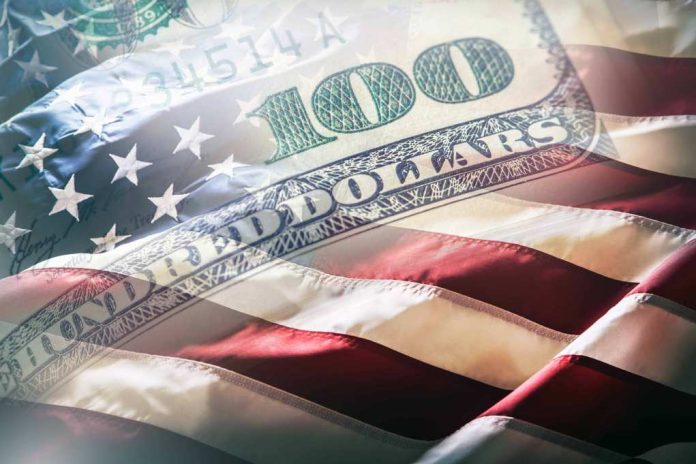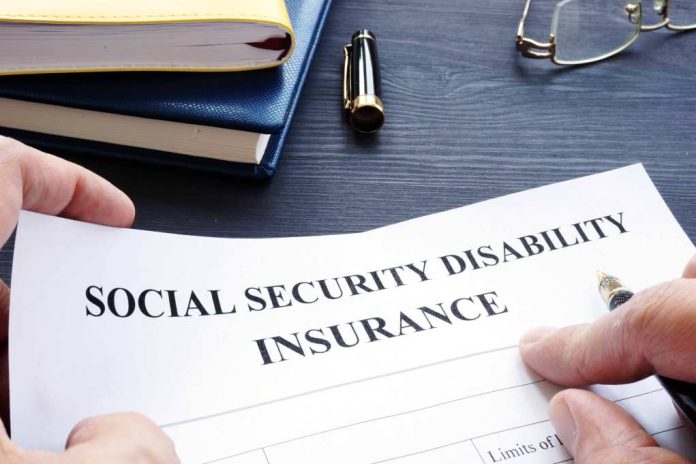Food is a basic necessity, yet many households struggle to afford healthy options. The Supplemental Nutrition Assistance Program (SNAP) steps in to help, offering monthly financial aid through EBT cards for buying groceries. This assistance varies in amount based on family size and income, providing essential support for buying food. It’s a vital resource for many, helping to bridge the gap in food affordability, but not everyone qualifies for it. Understanding who gets these benefits, how much they receive, and how to apply is crucial for those in need.
Which People are Getting $1,751 per Month for Groceries
People need food in order to live. However, more and more households are finding themselves between a rock and a hard place when it comes to affording the nutritious food they need. Thankfully, that’s where SNAP comes into the picture. This food support program from the federal government provides allowance cards every month to struggling households. These allowance cards, known as Electronic Benefit Transfer (EBT) cards, contain funds that people can use towards buying groceries. This financial aid is only applicable to certain grocery items. On top of that, the funds can only be used at stores that accept these cards as a form of payment. While this is a super helpful program, not everyone can benefit!
Not Just $1,751 in Food Help is Available
The amount of SNAP benefits a household gets each month varies based on size, with the maximum allotment for larger households reaching up to $1,751 for a family of eight. This is calculated by taking 30% of the household’s net income and subtracting it from the maximum allotment for that size. For example, a single person can receive up to $291, while a family of four is eligible for up to $973. With each additional member beyond eight, the allotment increases by $219. It’s important to note that these figures are for households in the 48 contiguous states and D.C., with different rates in Alaska, Hawaii, Guam, and the U.S. Virgin Islands.
Who Gets These Benefits?
>First, let’s talk about money for SNAP eligibility. You need to meet two income limits: gross and net income. Gross income is your total earnings before taxes and other deductions. Net income is the amount you get after deductions. Your household’s gross monthly income should be at most 130% of the poverty line. Your net monthly income should be at most 100% of the poverty line. This is based on USDA guidelines. But there’s more to consider. Look at your resources, like cash and bank savings. You can have up to a certain amount of resources. If someone in your household is 60 or older, or has a disability, this limit increases.
Keep This in Mind…
If you live and make meals with others, you’re usually one SNAP household. For example, if you, your spouse, and kids under 22 live together, you’re one SNAP household. This is true even if you don’t share food. There are exceptions. For instance, if someone is over 60 and can’t make meals because of a disability, they might count as a separate household. Your household size and who’s in it affects if you can get SNAP and how much. So, it’s important to know these details.
How to Get Financial Grocery Support
Start by visiting your state’s SNAP website or calling them. They will guide you and give you the application form. You might be able to apply online too, which is faster. Fill out the application carefully. Include all needed info and check it before sending. Your state agency will tell you if you qualify for SNAP within 30 days. If you need help fast, you might get SNAP benefits in 7 days. This is for urgent cases. You qualify if you have less than $100 in cash and less than $150 income a month. Or, if your income and cash are less than your rent, mortgage, and utilities. Tell your state agency if you need urgent help. They’ll try to get you benefits quickly.
Not What You Expected?
If you think your SNAP application was wrongly denied or the benefit amount is wrong, you can appeal. An impartial official will review your case again. Don’t accept an unfair decision. You can fight it for a fair outcome. To start your appeal, ask for a fair hearing. This lets you show your side to an official who must review things fairly. Request this hearing within 90 days of the decision. Do it by phone, in writing, or in person at a SNAP office. At the hearing, explain why you disagree and show any proof. The official will then decide based on SNAP rules. A fair hearing won’t change SNAP rules, but it ensures your case is fairly reviewed and any mistakes are fixed. So, if you feel wrongly denied, ask for a hearing.
Conclusion
In conclusion, SNAP provides a critical lifeline for many households struggling to afford nutritious food. It offers varying levels of financial aid, depending on family size and income, to help cover grocery costs. Understanding the eligibility criteria, benefits available, and how to apply is key. If you’re ever in a situation where you need to challenge a decision, remember, there’s a fair and impartial process to ensure your case is heard. Whether it’s a single person or a family of eight, SNAP strives to ensure no one is left without the means to feed themselves. This program isn’t just about financial aid; it’s about nourishing communities and giving hope to those facing hard times.

















